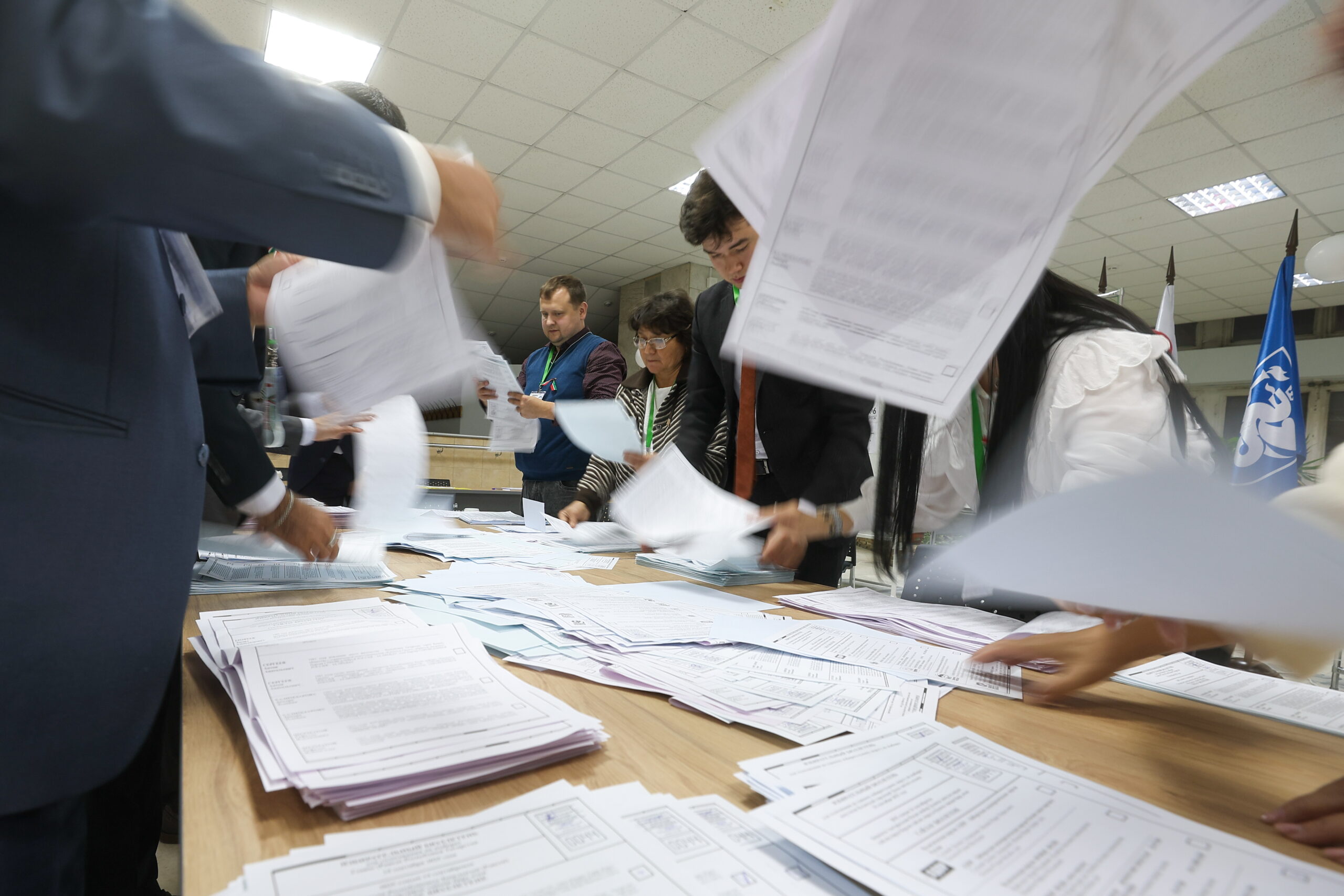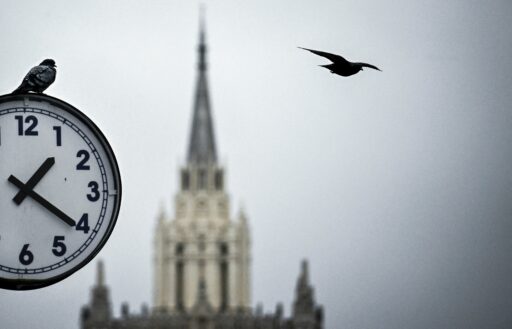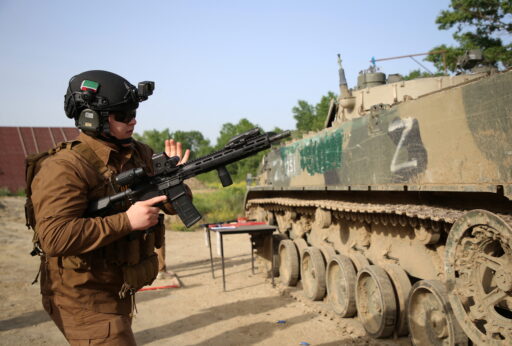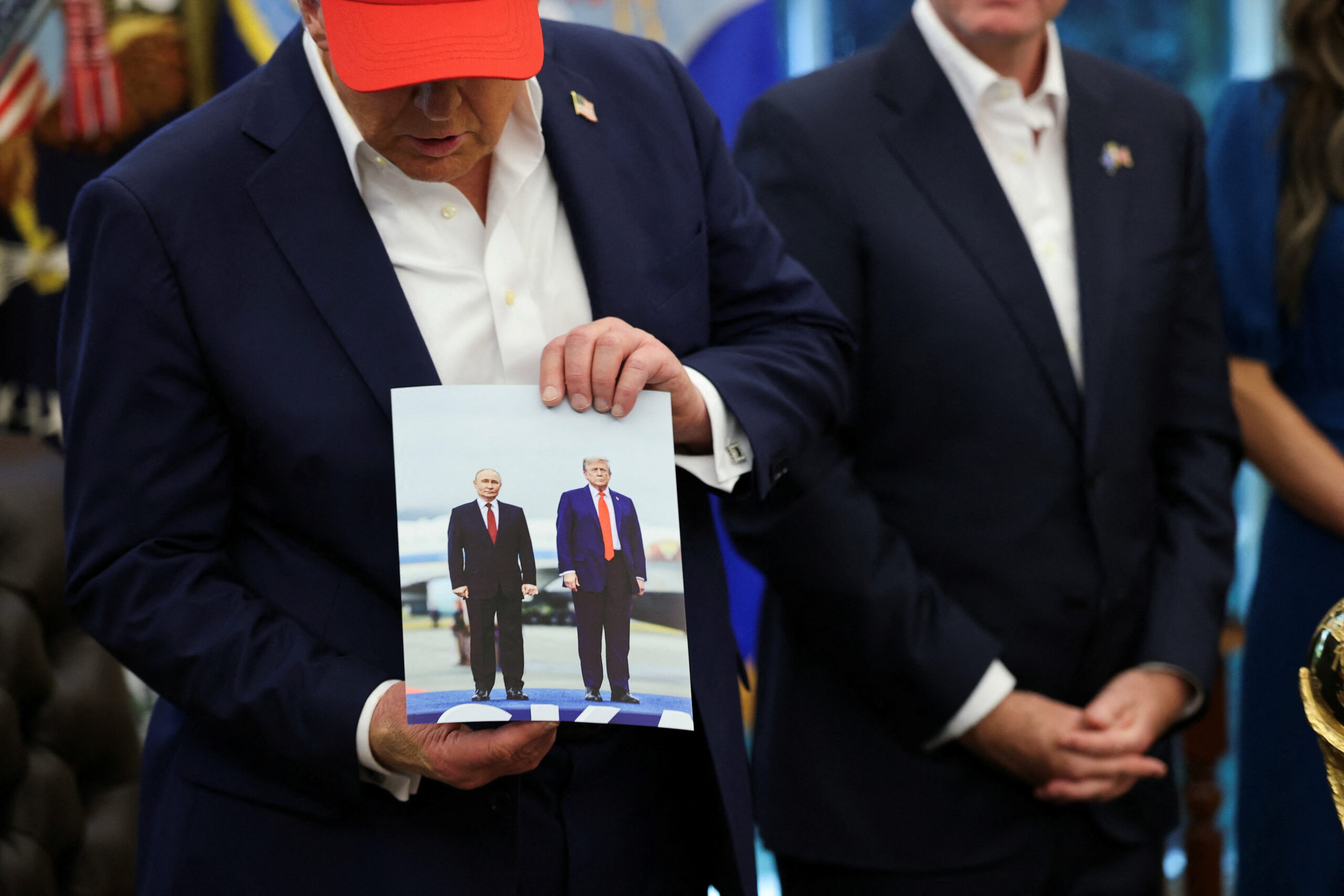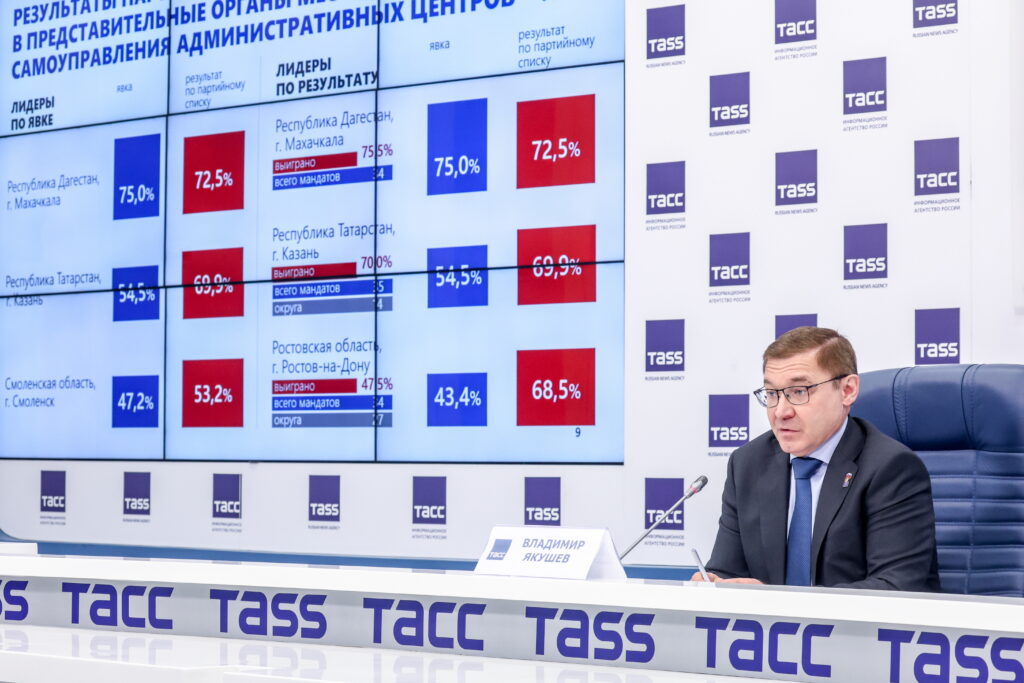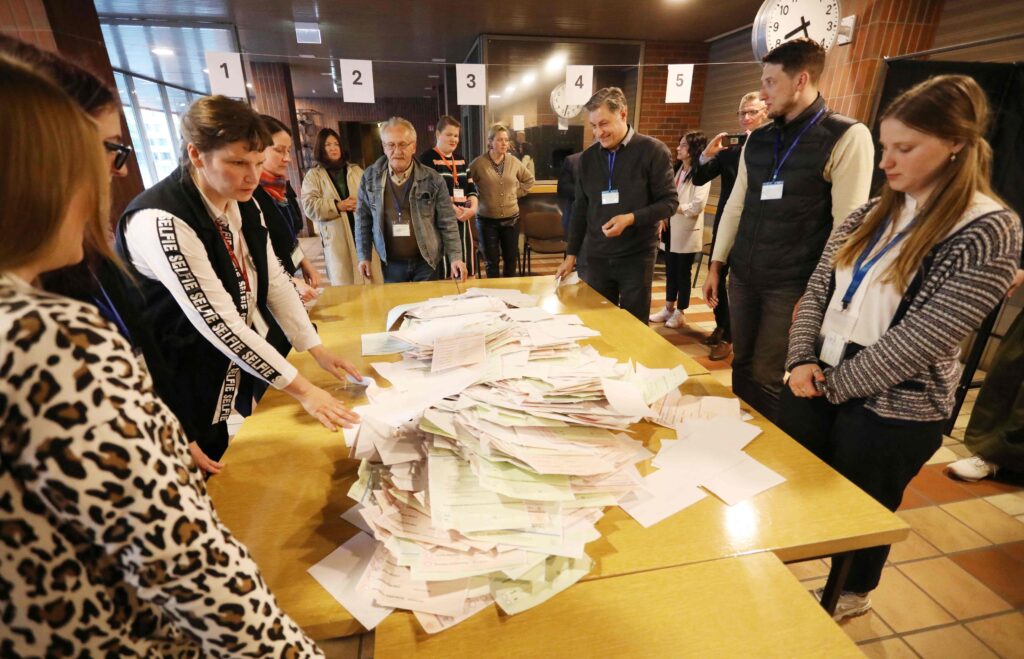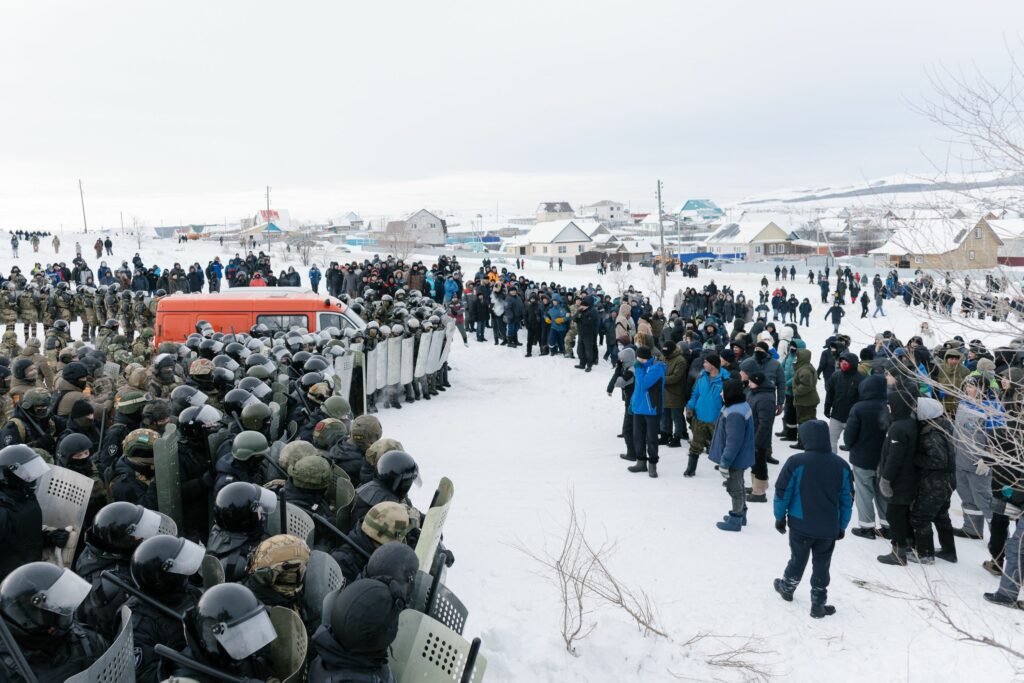On September 14, 2025, elections swept across Russia at every level—from local councils to regional assemblies—doling out a whopping 45,000 seats. According to electoral expert Ivan Shukshin, a staggering 36,549 of them (that’s 80.3%) went to candidates handpicked by the ruling United Russia. We’ve pointed out before how this kind of lopsided win was only possible because real political rivals—whether from other parties or independents—were nowhere to be found. But that picture wouldn’t be complete without digging into the heavy-handed coercion and outright fraud that shaped those «official» tallies.
Unfree Will
One bedrock principle of any genuine election is the freedom to vote your conscience. That’s not just a buzzword—it’s the whole package: open debate on the issues, a level playing field for candidates, and no arm-twisting to get people to the polls. Without it, you can’t claim to know what voters actually want. Sure, censorship and uneven odds for candidates mostly rear their heads during the campaign trail. But voter coercion? That hits hardest on election day itself—and the days leading up to it.
Coercion has been a stubborn, ugly stain on Russia’s voting system for years. What election bosses and spin doctors call «voter mobilization» used to target just public sector workers and folks reliant on government handouts. These days, it’s spilling over into the private sector big time. An employee at Gazprom or even a corner-office firm isn’t much safer from the pressure than a retiree or a schoolteacher. It didn’t happen overnight: the bullying was always there, but it’s scaled up, snaring bigger swaths of the electorate. By the 2024 presidential race, the whole machine had locked into the form we see today. That said, on regional and local ballots, the coercion dials back a notch compared to the national spectacle—here, the real game is keeping turnout low.
The three-day voting window makes it all too easy to strong-arm people. Friday’s a workday, after all, so herding staff from factories and offices to the polls is a breeze. Plus, those extra days give organizers time to round up anyone who skipped day one and «report» their vote. This quirk of multi-day voting shines brightest in spots where remote electronic voting (DEG) was in play. Official stats show that in most DEG regions, turnout spiked to 50% in the first 3−4 hours—by noon local time on Friday. Figure 1 charts the timing of electronic ballot distributions in Belgorod Oblast, where the rush peaked right at the stroke of opening bell. In other words, folks (assuming they were real voters) clocked in at work and beelined straight to vote—something that’s hard to square with a free and fair choice.
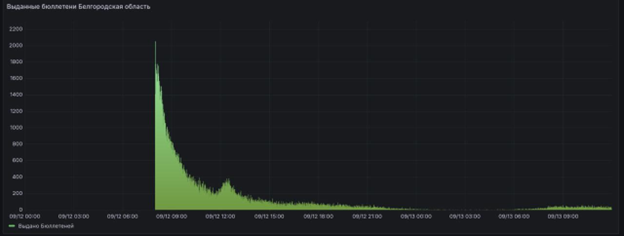
Fig. 1. Timing of electronic ballot distributions in Belgorod Oblast. Source: Telegram channel «Nevybory»
In the Moscow suburb of Fryazino, monitors spotted makeshift DEG hubs in shopping malls and office buildings—entry strictly by pre-approved lists. These were basically rogue polling stations run by who-knows-who, flying under the radar of Russia’s official election apparatus and flouting the law in plain sight.
Offline voting wasn’t much better than the digital version. The difference? It’s tougher to nail down, since it hinges on confessions from coerced voters or their handlers—and those are about as rare as hen’s teeth.
Cooked Results
At this point, straight-up ballot stuffing in Russian elections feels as routine as breathing. The fresh videos of blatant felonies barely raise an eyebrow anymore—not like the uproar back in December 2011. Monitors are thinner on the ground too, after a decade and a half of the state chipping away at public oversight. They’ve done it through legal tweaks and brute force alike—like the arrest and jailing of Golos co-chair Grigory Melkonyants. And let’s not forget the apathy from parties and pols who aren’t really gunning for power anyway. Don’t hold your breath for them to rally the troops on election watch. Which makes the fraud evidence that does slip through all the more gold.
In Voronezh, someone found a home-voting box with a removable side panel—perfect for swapping ballots without busting the official seal. Over in Fryazino again, a monitor clocked a overnight jump in the ballot count inside a polling urn. In Krasnodar Krai, the Communist gubernatorial hopeful filed a complaint with the Investigative Committee on day two, citing potential fraud: his party’s observers and poll workers got day-one protocols that clashed with the final National Automated System «Elections» uploads in dozens of cases. At precinct 6120 in Krasnodar, a Communist commission member spotted a neat stack of ballots all marked for United Russia during the count. In Chelyabinsk, they even caught a stuffing on camera: teachers from the local education center (doubling as the polling site) bundling ballots and dropping them in one by one. Point is, the fraud toolkit is vast, and it’s getting a workout coast to coast.
The scams have gotten so brazen that you don’t need to be on-site or pack a data-crunching PhD to spot them. Just plot precinct results by number on a graph, and the fakery leaps out. Take Figure 2: governor’s race in the Jewish Autonomous Oblast, where official numbers handed Maria Kostyuk a «landslide» over 83%. You can see the dead-straight bands of near-identical tallies across dozens of precincts, plus a few shorter streaks. In a clean vote? No way—even neighboring precincts in the same building shouldn’t sync up like that.
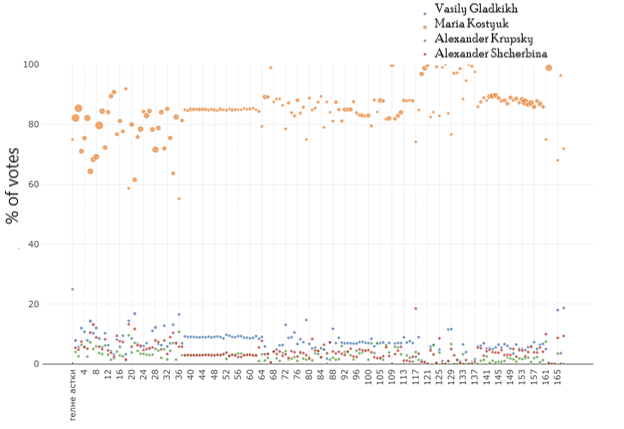
Fig. 2. Gubernatorial election results in the Jewish Autonomous Oblast by precinct. Data source: Vyboroteka website
The Tambov Oblast governor’s race is even more damning—check Figure 3 (or better yet, the interactive version). You get those telltale stripes of cookie-cutter results, dotted with spots of more natural scatter. Zoom in on the interactive chart, and you’ll see commissions faking lines starting at 59% for the winner. Odds are, a second round should’ve been in play—plenty of precincts clocked him under 50%.
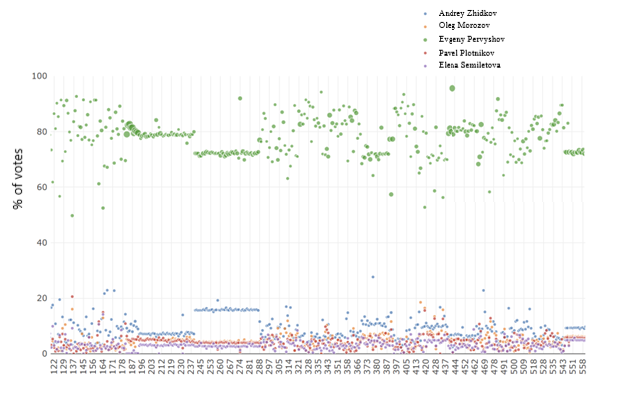
Fig. 3. Gubernatorial election results in Tambov Oblast by precinct. Data source: Vyboroteka website
Leningrad Oblast’s election boards took openness to a whole new level (see Figures 4 and 5, or the interactive graph). Figure 5 shows those uniform-result bands—pre-planned quotas, basically—popping up at 94% and even 98% for the incumbent. Bottom line: the whole region’s a fraud-free zone? Yeah, right.
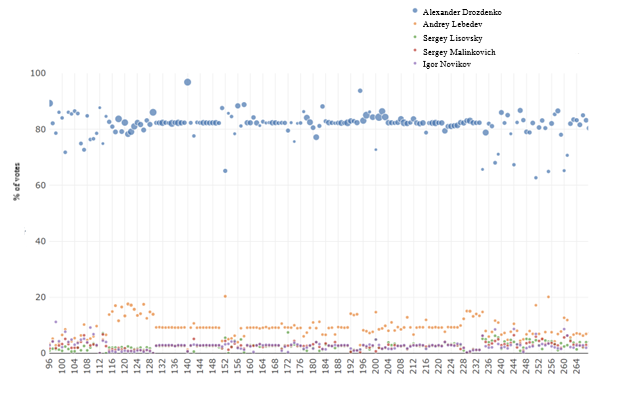
Fig. 4. Gubernatorial election results in Leningrad Oblast by precinct (part 1)
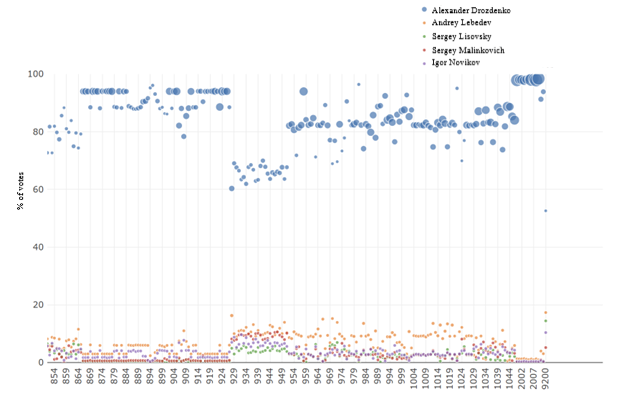
Fig. 5. Gubernatorial election results in Leningrad Oblast by precinct (part 2)
For contrast, here’s how it looks in Irkutsk Oblast’s governor race—no major day-of shenanigans on record.
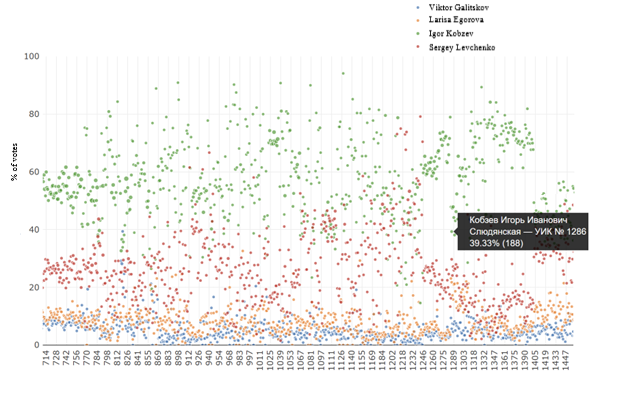
Fig. 6. Gubernatorial election results in Irkutsk Oblast by precinct. Source: Vyboroteka website
In short, even with wartime censorship clamping down, political crackdowns in full swing, opposition figures checked out, and voters under the thumb, most of these election «results» are pure fiction. We can only guess at the real backing for the regime’s picks. But honestly, it doesn’t matter much—the gag on free speech, the chokehold on organizing, and the endless repression mean voters’ true will never had a shot anyway.
All this machinery will hum along for next year’s State Duma elections. That said, it’s not invincible. Coercion can backfire spectacularly if folks are fed up with the powers that be and a savvy opposition knows how to flip the script. The million-dollar question: Are there any politicians in Russia bold enough—and crucially, willing—to scrap for seats without cutting deals with the Kremlin and bracing for the blowback? If they show up, they’ll find ways to crack the info blackout, and society’s picked up a few tricks over the last 15 years to push back on the fraud. Still, the latest regional tallies scream one thing: risk-takers in politics are thin on the ground.
